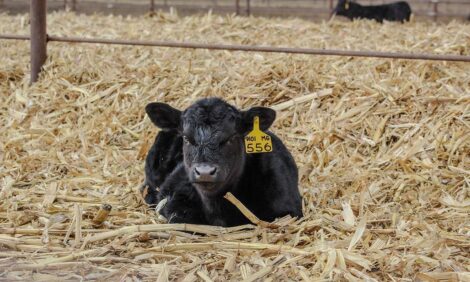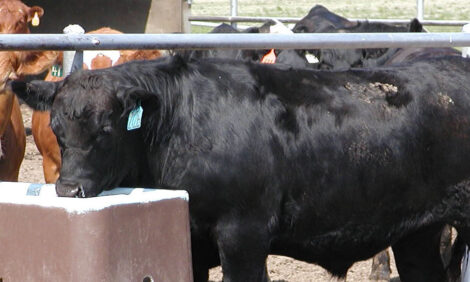



Check Protein Levels in Silage to Keep Cattle Healthy This Winter
SCOTLAND, UK - Concerns over the number of analysed silage samples revealing low protein levels has led staff from Scotland's Rural College (SRUC) to urge farmers to get their silage analysed as soon as possible, before winter feeding.Once identified any protein shortfall can be easily rectified, but cattle fed on silage with low level of protein are at risk of rumen digestion problems which in the worst case scenarios, can be fatal.
It is not clear why there is a drop in protein on some farms but the late cold spring and recent wet winters in the last couple of years are thought to play a part. Having studied the latest test results Perth based nutritionist Karen Stewart, from the colleges’ SAC Consulting Beef and Sheep team, fears some results are below safe levels.
“We are very concerned that more samples this year have protein levels below the 10 per cent level which we would consider critical for most stock. In extreme cases the protein level is even lower than last year with a few at only 6 – 7 per cent crude protein.
"Most at risk are dry suckler cows, between weaning and calving, where straw is mixed in with silage they eat. In this situation even silages with moderate protein levels, if they are fed with too much straw, will cause issues with the function of the animal’s rumen and possible rumen impaction.”
Heather Stevenson of SAC Consulting Veterinary Services says: “If your silage is made in a pit containing grass from both the first and second cuts remember any initial samples taken from the feeding face will be largely from the second cut, which in our experience is more likely to have normal protein levels.
"So if possible take a core sample further into the pit, or another sample as soon as the first cut becomes obvious at the bottom two to three feet of the face.”
While the problem arises more often in silages made for beef cattle and sheep some silages made for dairy herds are also recording protein levels below 10 per cent. Given the high protein requirements of a cow producing milk this is particularly critical for optimising milking performance.
According to Karen Stewart problems with low protein silages can be easily rectified by feeding more of a suitable protein supplement. However where protein levels in silage are below 10 per cent she recommends taking professional nutritional advice to ensure the most cost effective supplement is used and at the correct rate.
TheCattleSite News Desk


